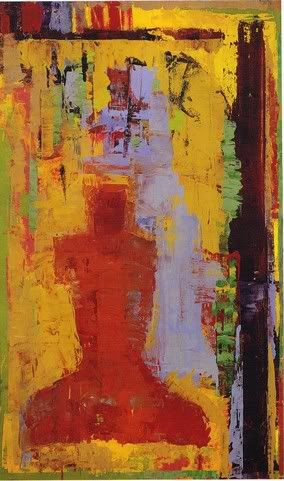Symphony No. 1: The Red Guru
On September 11, 2001 the world was horrified when two passenger jets were flown into the twin towers of the World Trade Center in New York City, resulting in the death of everyone aboard and thousands of people in the office complex and on the grown below. It was not just the sudden and senseless loss of life that affected the world, but the malicious intent behind it and the inability to comprehend how other human beings could conceive of the act that has come to be known simply as “9/11”.
Andrew Paul MacDonald’s first symphony, The Red Guru, attempts to describe that event, evoking the emotional reactions so many of us experienced on that day, in a programmatic way in the first part, starting with an aural representation of a city coming to life in the early morning, the sense of impending disaster and shocking fortissimos as the world ended, followed by the confusion and horror as the enormity of the event reached around the globe.
The second part expresses the grief engendered by 9/11, followed by a sense of reconciliation and healing. The piece ends with the individual musicians of the orchestra playing melodies of lullabies from diverse cultures accompanied by the clanging of bells and a brass choir intoning a prayer for peace.
The symphony is inspired by David Sorenson’s painting of the same name: amid the chaos and distraction of violent brushstrokes of vivid colour, the red guru floats serenely, a symbol of hope and peace.

Andrew Paul MacDonald’s first symphony, The Red Guru, attempts to describe that event, evoking the emotional reactions so many of us experienced on that day, in a programmatic way in the first part, starting with an aural representation of a city coming to life in the early morning, the sense of impending disaster and shocking fortissimos as the world ended, followed by the confusion and horror as the enormity of the event reached around the globe.
The second part expresses the grief engendered by 9/11, followed by a sense of reconciliation and healing. The piece ends with the individual musicians of the orchestra playing melodies of lullabies from diverse cultures accompanied by the clanging of bells and a brass choir intoning a prayer for peace.
The symphony is inspired by David Sorenson’s painting of the same name: amid the chaos and distraction of violent brushstrokes of vivid colour, the red guru floats serenely, a symbol of hope and peace.


0 Comments:
Post a Comment
<< Home